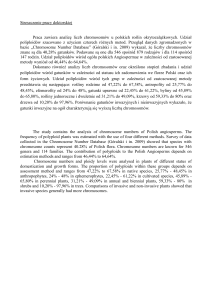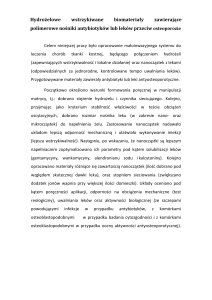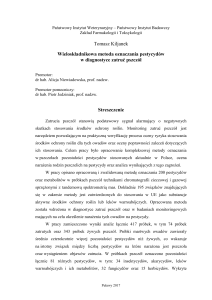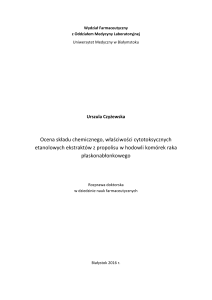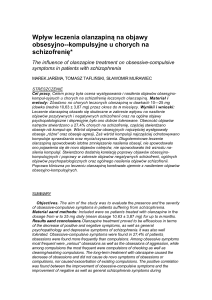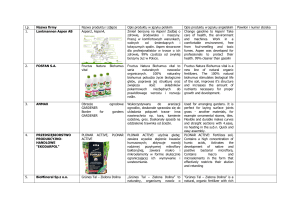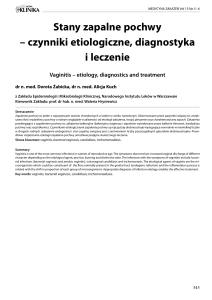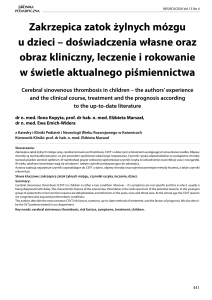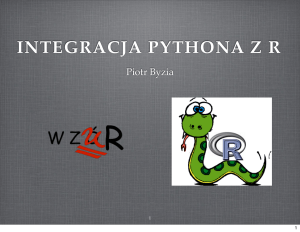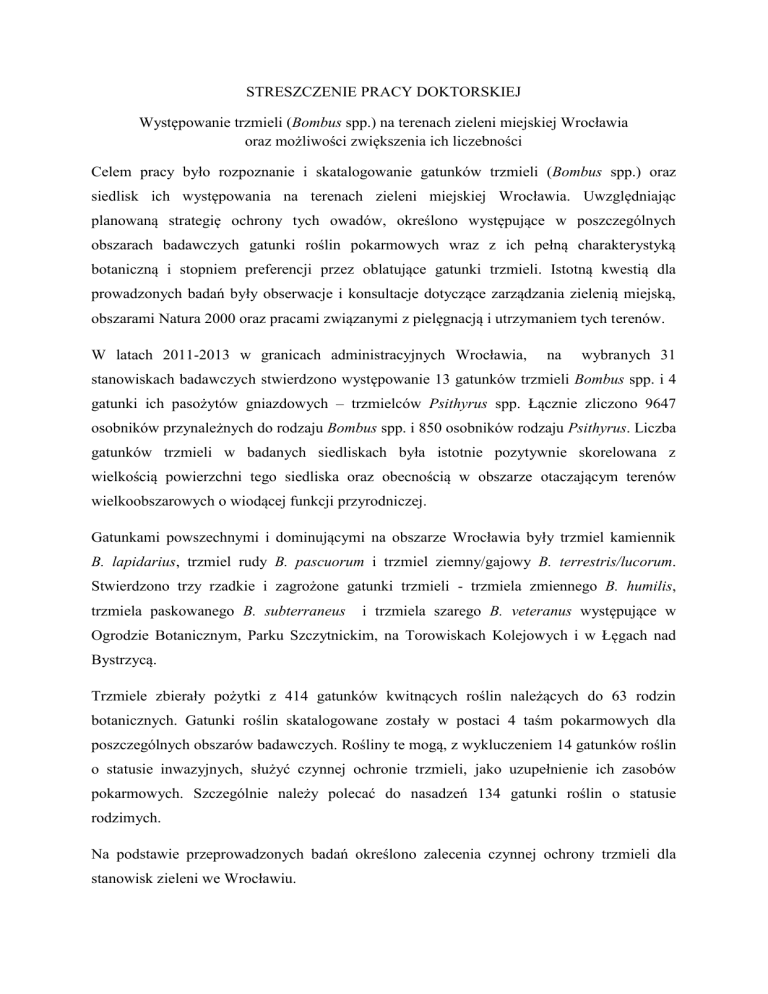
STRESZCZENIE PRACY DOKTORSKIEJ
Występowanie trzmieli (Bombus spp.) na terenach zieleni miejskiej Wrocławia
oraz możliwości zwiększenia ich liczebności
Celem pracy było rozpoznanie i skatalogowanie gatunków trzmieli (Bombus spp.) oraz
siedlisk ich występowania na terenach zieleni miejskiej Wrocławia. Uwzględniając
planowaną strategię ochrony tych owadów, określono występujące w poszczególnych
obszarach badawczych gatunki roślin pokarmowych wraz z ich pełną charakterystyką
botaniczną i stopniem preferencji przez oblatujące gatunki trzmieli. Istotną kwestią dla
prowadzonych badań były obserwacje i konsultacje dotyczące zarządzania zielenią miejską,
obszarami Natura 2000 oraz pracami związanymi z pielęgnacją i utrzymaniem tych terenów.
W latach 2011-2013 w granicach administracyjnych Wrocławia,
na
wybranych 31
stanowiskach badawczych stwierdzono występowanie 13 gatunków trzmieli Bombus spp. i 4
gatunki ich pasożytów gniazdowych – trzmielców Psithyrus spp. Łącznie zliczono 9647
osobników przynależnych do rodzaju Bombus spp. i 850 osobników rodzaju Psithyrus. Liczba
gatunków trzmieli w badanych siedliskach była istotnie pozytywnie skorelowana z
wielkością powierzchni tego siedliska oraz obecnością w obszarze otaczającym terenów
wielkoobszarowych o wiodącej funkcji przyrodniczej.
Gatunkami powszechnymi i dominującymi na obszarze Wrocławia były trzmiel kamiennik
B. lapidarius, trzmiel rudy B. pascuorum i trzmiel ziemny/gajowy B. terrestris/lucorum.
Stwierdzono trzy rzadkie i zagrożone gatunki trzmieli - trzmiela zmiennego B. humilis,
trzmiela paskowanego B. subterraneus
i trzmiela szarego B. veteranus występujące w
Ogrodzie Botanicznym, Parku Szczytnickim, na Torowiskach Kolejowych i w Łęgach nad
Bystrzycą.
Trzmiele zbierały pożytki z 414 gatunków kwitnących roślin należących do 63 rodzin
botanicznych. Gatunki roślin skatalogowane zostały w postaci 4 taśm pokarmowych dla
poszczególnych obszarów badawczych. Rośliny te mogą, z wykluczeniem 14 gatunków roślin
o statusie inwazyjnych, służyć czynnej ochronie trzmieli, jako uzupełnienie ich zasobów
pokarmowych. Szczególnie należy polecać do nasadzeń 134 gatunki roślin o statusie
rodzimych.
Na podstawie przeprowadzonych badań określono zalecenia czynnej ochrony trzmieli dla
stanowisk zieleni we Wrocławiu.
The Bumblebees (Bombus spp.) of Wrocław urban green areas
and opportunities to increase their abundance
The aim of this study was to identify and catalog the bumblebee (Bombus spp.) species and
the habitats of their occurrence in Wrocław urban green spaces. Taking into account the
planned protection strategy for these insects, the food plant species occurred in specific
research areas were defined along with their full botanical characteristics and the degree of
preference for visiting species of bumblebees. Essential for the research were observations
and consultations considering the management of urban green spaces, Natura 2000 network
and work care related to the maintenance of these areas.
In 2011-2013, within the administrative boundaries of Wrocław, 31 research positions were
selected, in which 13 species of bumble bee Bombus spp and 4 species of social parasitescuckoo bumblebees Psithyrus spp were found. A total number of 9647 individuals belonging
to the Bombus genus and 850 individuals of Psithyrus genus were counted. The number of
bumblebee species in the studied sites was significantly positively correlated with the size of
the habitat areas and the presence in the surroundings the areas with dominant ecological
functions.
Abundant and dominant species in Wroclaw were B. lapidarius, B. pascuorum B. terrestris /
lucorum. Three rare and endangered species of bumblebees were found - B. humilis, B.
subterraneus and B. veteranus, occurring in the Wrocław Botanical Garden, Szczytnicki Park,
on railway sites and Riparian Forest of Bystrzyca River.
Bumblebees were foraging on 414 species of flowering plants belonging to 63 botanical
families. Plant species have been cataloged in the form of 4 foodtapes – each foodtape for
specific research area. These plants may significantly help with the active protection of
bumblebees as a supplement to their food resources, with the exception of 14 invasive plant
species. Especially, plantings of 134 species with the native status are strongly reccomended.
Based on the studies, the recommendations for active conservation forms of the bumblebees
in Wrocław green spaces were determined.

